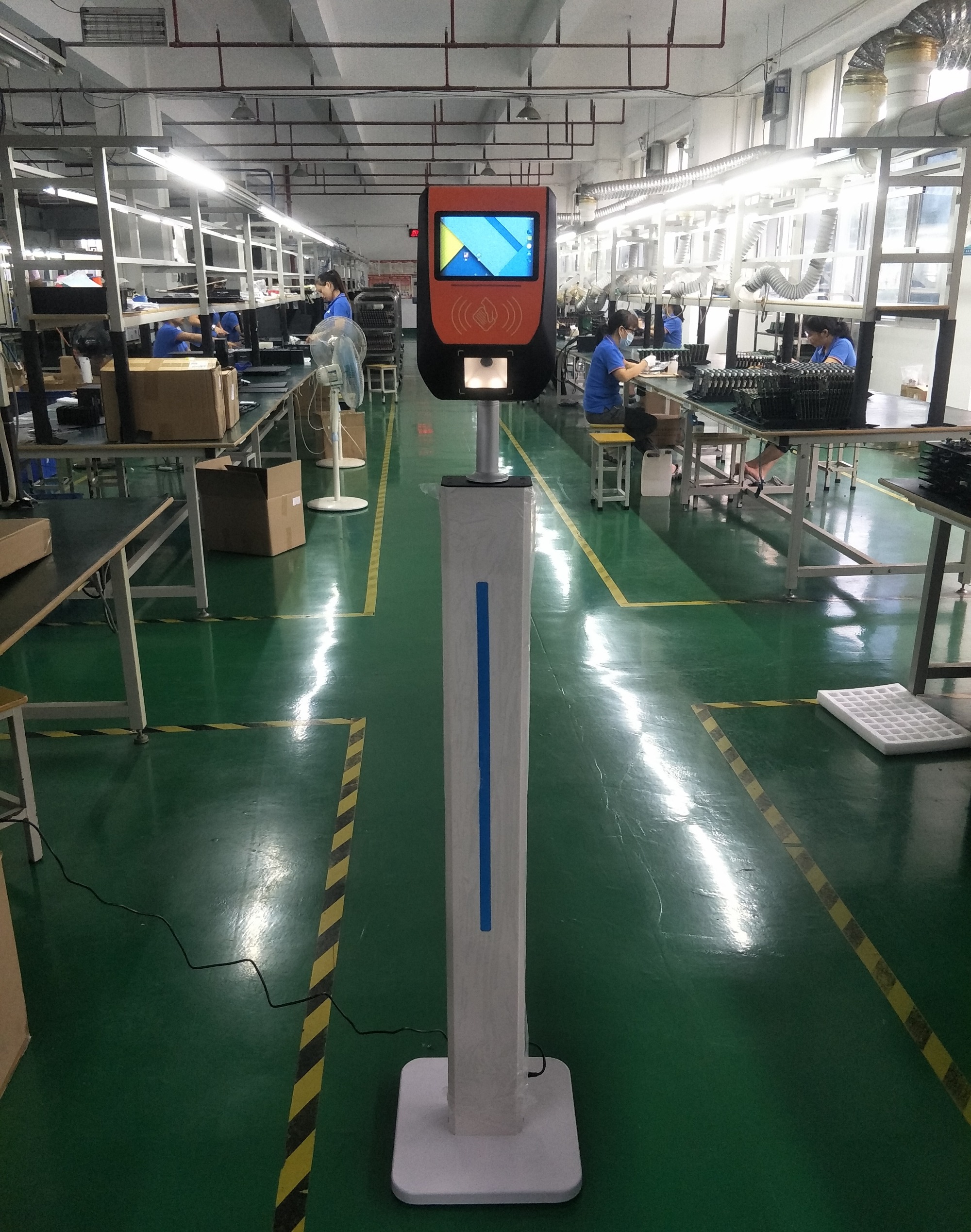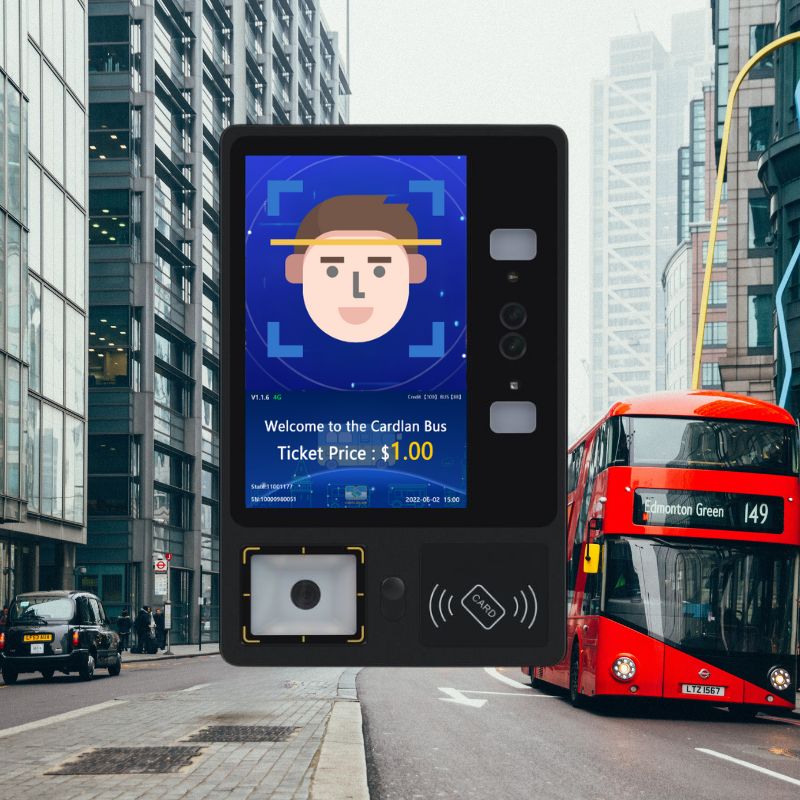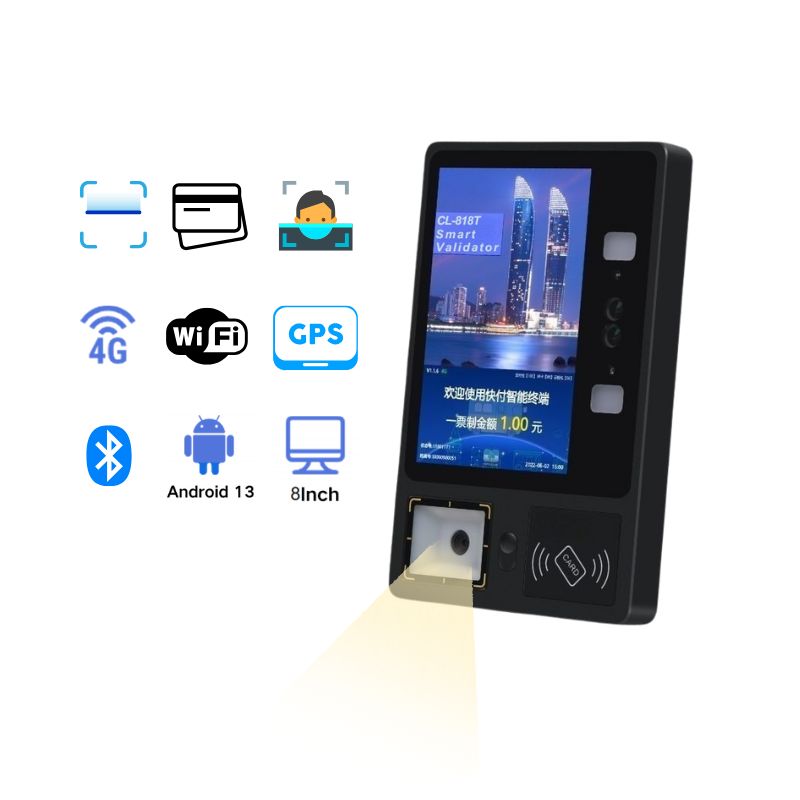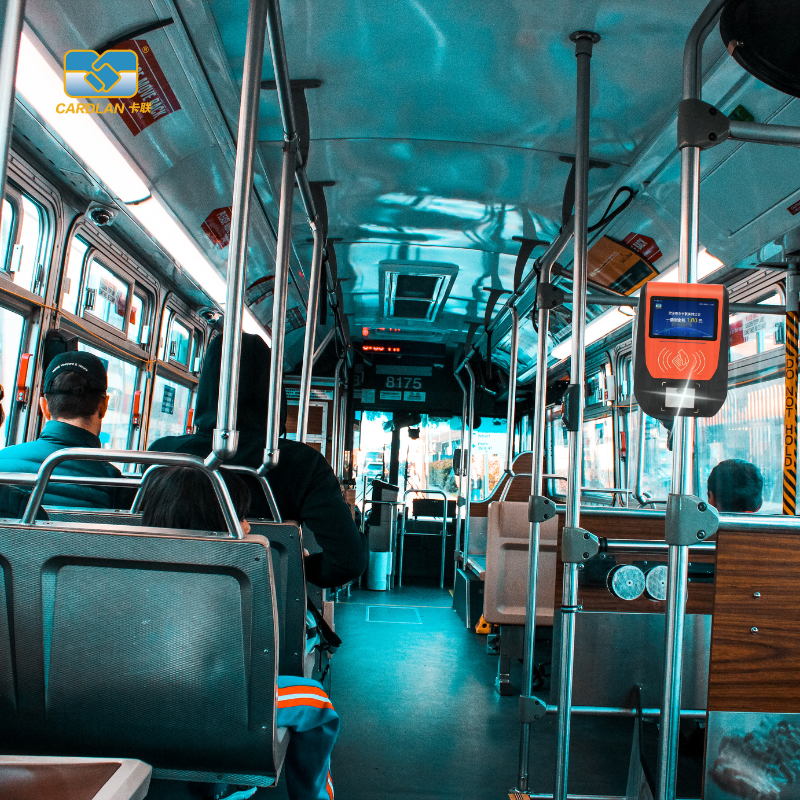Most metro systems use distance-based fare segmentation, such as:

Some cities offer unified transfer discounts between buses and metros:
Fare segmentation relies on smart cards or mobile payment systems:
Certain groups (seniors, students, etc.) receive additional benefits:
In summary, bus fare segmentation can be adapted for metros, but policies vary by city. Always check local transportation authorities for the latest rules.
 Cardlan provides payment terminals for you!
Cardlan provides payment terminals for you!
 Code Scanning and Recognition Machine for Enterprise Bus (Swipe IC Card + Scan QR Code)
Code Scanning and Recognition Machine for Enterprise Bus (Swipe IC Card + Scan QR Code)
 Cardlan complete system and hardward provider
Cardlan complete system and hardward provider
 Cardlan flat fare/Zonal fare collection solution
Cardlan flat fare/Zonal fare collection solution